
Developer: Pixel Blade Games
Publisher: Pixel Blade Games
Platform: PC
Tested on: PC
Forever Home – Review
Forever Home is a retro-style RPG inspired by classic JRPGs, created in RPG Maker. This game has a massive and captivating story-line, interesting characters and a good skill system, resembling the best classic RPGs. Forever Home has been developed and published by Pixel Blade Games, and is available via Steam.
Story
The game starts with a peaceful introduction of a fluttering leaf, followed by some traumatizing images from the future in the game, and then you’ll be able to play a group of characters in this rather grim looking future, among them are two guys named Xero and Slash.
After the intro you’ll switch to a peaceful scene again, where the main character, Xero as a boy, is happily living with his family at the cute village Ellea. Xero has a mysterious stepsister named Enda, who has been found as a young child close to their house, and is really fond of Xero. There are a few mentions of a war which is being fought far away from Ellea, and that Xero’s father is away from home, fighting in the war.
After a fun look into their daily lives, the village gets brutally attacked, and everyone is killed except for Xero and Enda, who are being saved by a man called Slash. Slash takes Xero and Enda to the Blaze army’s headquarters, and at this base you’ll learn a lot more about the war and the several factions. You’ll also learn where Xero’s father might be. Xero and Enda decide they want to reunite with their father since he is the only family they have left, and they leave, trying to find him. In doing so they travel the world, get dragged into the war effort, and learn about a mysterious time-altering artifact being pursued by Xero’s father. Eventually, Xero and Enda will play a vital role in saving the whole planet.
The story of this game is really expansive, and at a leisurely pace it will easily take 30 to 40 hours to complete. There are many side missions and optional areas to explore next to the main story line. The story is rather typical for this type of games: you’re a normal boy living a simple life, and eventually you’ll end up saving the world. While a bit cliché, the story is still good: the setting is well made, and the characters really have their own personalities and great, often funny dialogues.
Graphics
Forever Home is made in RPG maker, so it has the typical classic JRPG look and style, with beautiful, colorful pixel-art graphics and cute looking characters with small bodies and big heads. Dialogue is accompanied by an anime-style drawing of the person’s face, showing their emotions. There are a few cinematics in-game, which are usually animated in pixel graphics, or sometimes simple 3D models moving around with some graphic effects.
The UI is typical for any old JRPG or RPG maker game. You can walk around in towns with your party and interact with NPCs, or walk around on the world map and have random encounters which often result in turn-based combat. There’s also a menu screen where you’ll see your characters stats, equipment, a bestiary, information about the world, a journal, etc. This menu is really helpful and full of useful information.
Sound
The music is pretty good! It’s typical JRPG music, and it sets the tone really well. There’s a lot of variation in music between the several towns and regions: there are more than 70 tracks in the game! Most tracks are looping and last around two minutes. The dialogue is not narrated. The sound effects during combat are much like classic RPGs, each attack has their own sound, and sounds rather epic.
Gameplay
Forever home is a Typical JRPG made in RPG Maker, and it plays like a typical classic JRPG. It has a great story with several important characters, a world map which you can explore with many encounters and optional areas and a huge amount of different monsters, villages you’ll encounter on the world map which you can enter, explore and interact with NPCs to progress in the story, crafting, collecting better gear and items, and lots of leveling up to handle increasingly tougher enemies at increasingly higher stakes.
The game has a great ability system based around ‘Shards’, which are somewhat similar to final fantasy VII’s ‘Materia’ system. You can slot shards in weapons or armor, and the shard will boost abilities or grant you a new ability, like summons, if you equip it. The shard will level up as long as it’s slotted in a normal slot, and its ability will improve. A fully leveled shard will split into an identical shard.
Characters can use both magic and ‘Prism Tech’ skills. Skills use TP (tech points), magic uses MP. Having more TP also reduces the damage you take, so use your TP carefully! Many skills don’t just have a cooldown time, but also a warm-up time: time you have to wait from the start of the battle before you can use the skill. Your characters have also have several field-skills which can manipulate things on the world map, like push crates or activating switches, to open up paths or reveal secret passages or treasures. These skills do not use any TP or MP.
On the world map you’ll encounter random enemies whenever you walk around in forest areas. When you encounter enemies, turn-based combat starts. You’ll see your health bar, and your TP and MP bar. You’ll also have a stamina bar, which decides when you attack. There are many items and pieces of equipment which influence these stats. Equipment can be looted from enemies, found during exploring, bought at NPC shops, or crafted. Monsters can not only be killed, but also ‘captured’ using a special skill named ‘Radiate’. Capturing monsters will add them to your bestiary, and list several useful stats of the monsters.
You can craft many things in the game; you’ll find several recipe books to get crafting recipes for many different items and gear, and you’ll collect materials as you explore. Crafting things can be done in crafting shops, usually located in towns. The journal will show where you’ll find the items you might need, as you explore new places.
The dialogue with NPCs is often funny and playing on JRPG clichés, for instance: If you walk into random stranger’s houses and search all their stuff, the NPC living in the house will often say something about your unusual behavior. If random NPCs start telling their life stories just as you talk to them, the protagonist will tell them he doesn’t remember asking.
Conclusion
Forever Home is an excellent RPG, in the spirit of classic JRPGs. It has a good story which will take you 30-40 hours to complete, and much to explore if you want to experience everything that the game has to offer. The ‘Shard’ system is fun, and the ‘Radiating’ of monsters is an interesting ‘gotta catch them all’ mechanic added to the RPG. This game is worth buying if you like classic JRPGs and love to follow a long story-line plus many side quests, and jokingly poking fun at typical JRPG tropes.
Forever Home - Review,
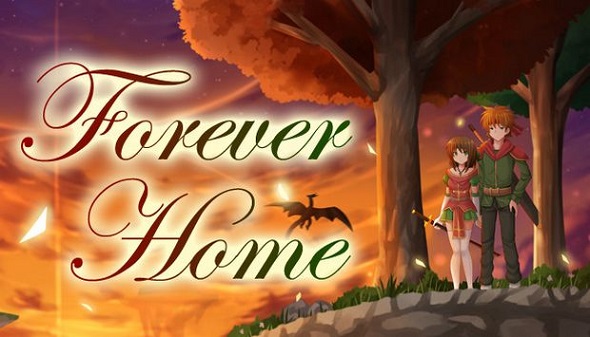
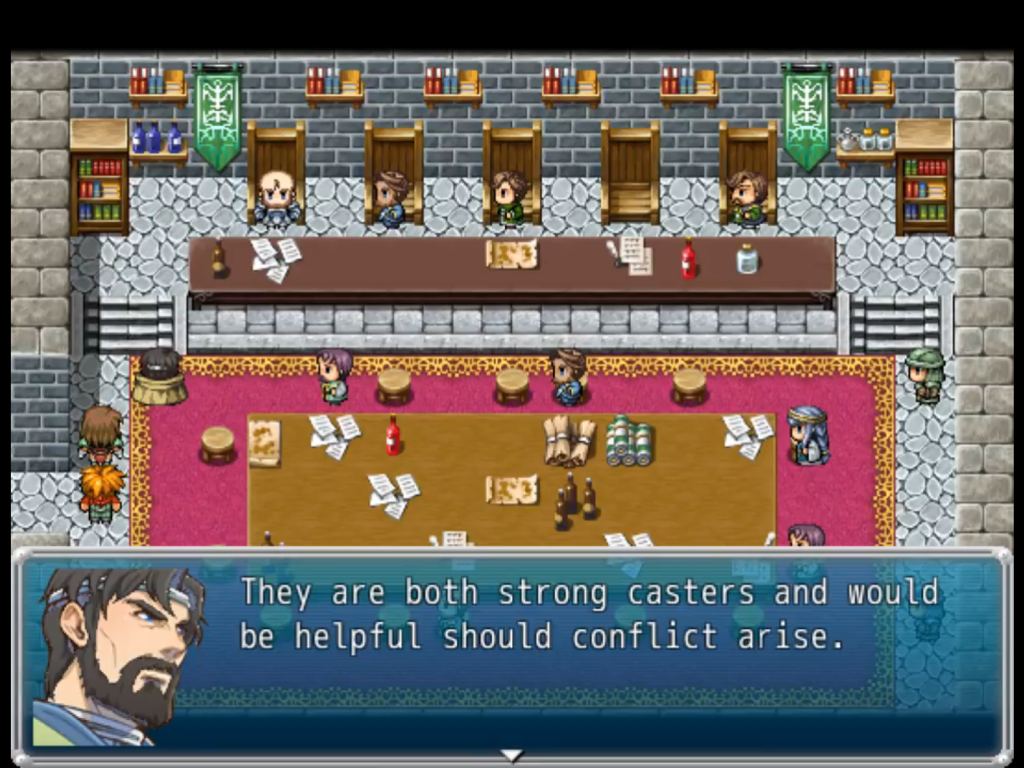
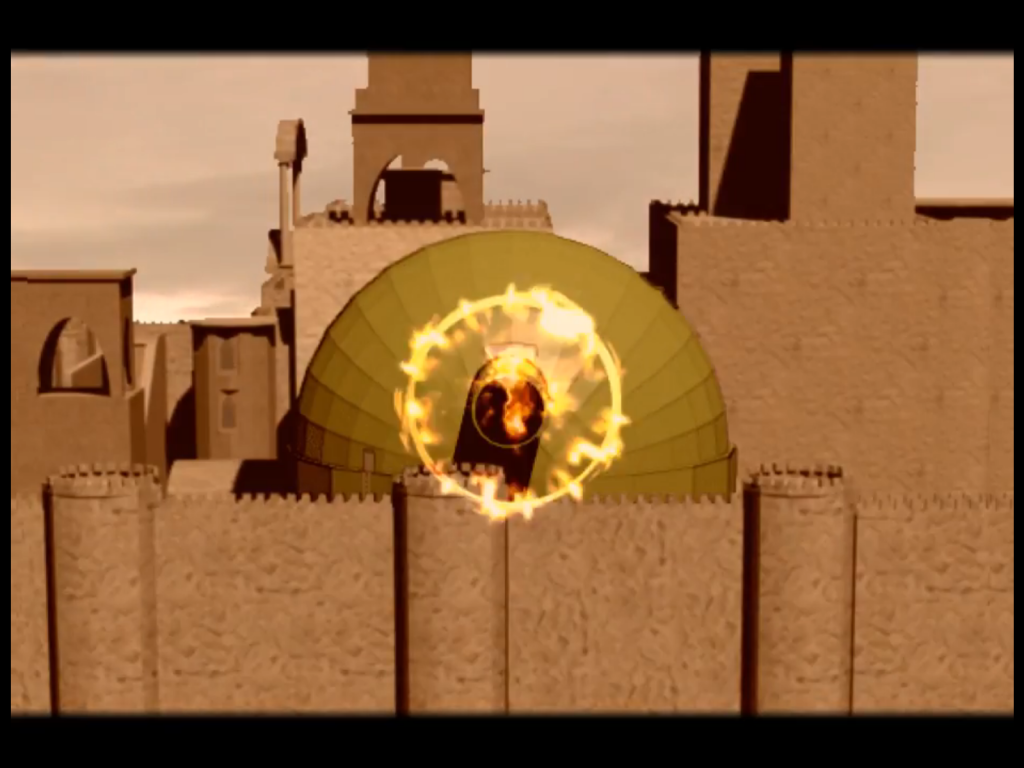
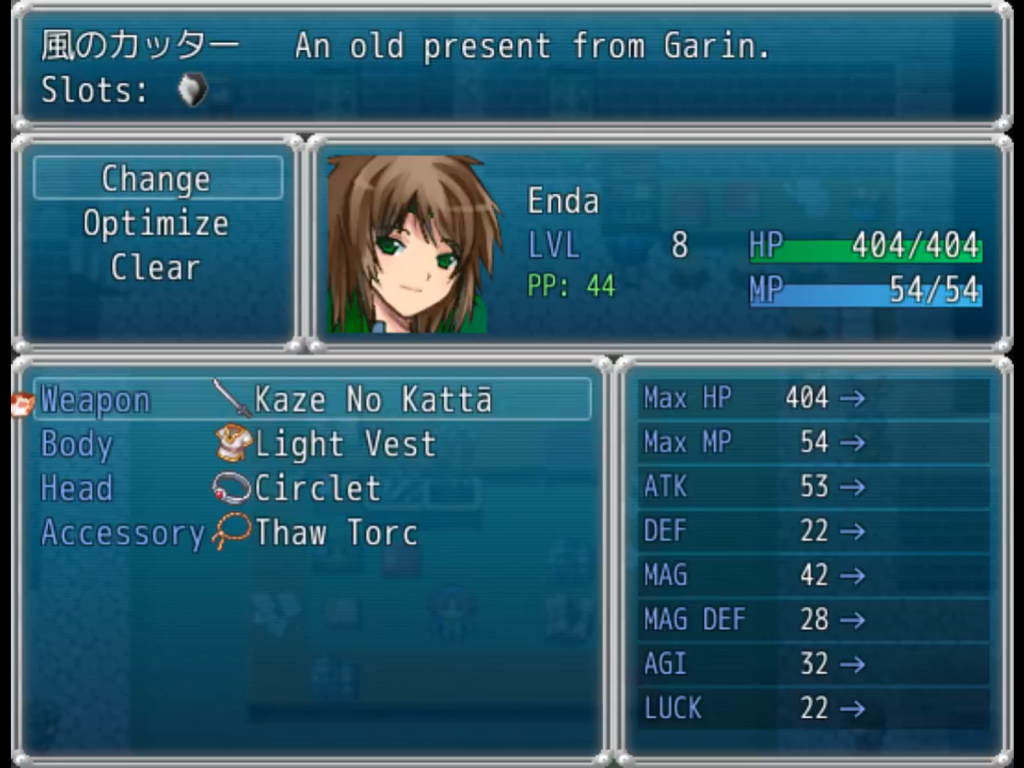
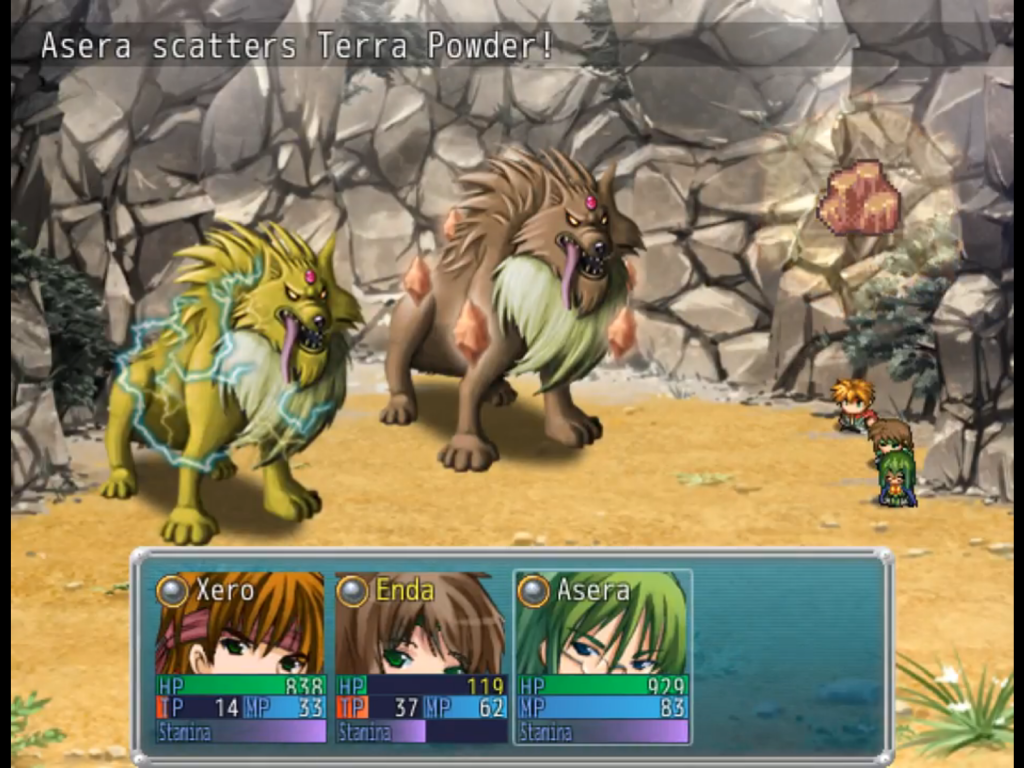
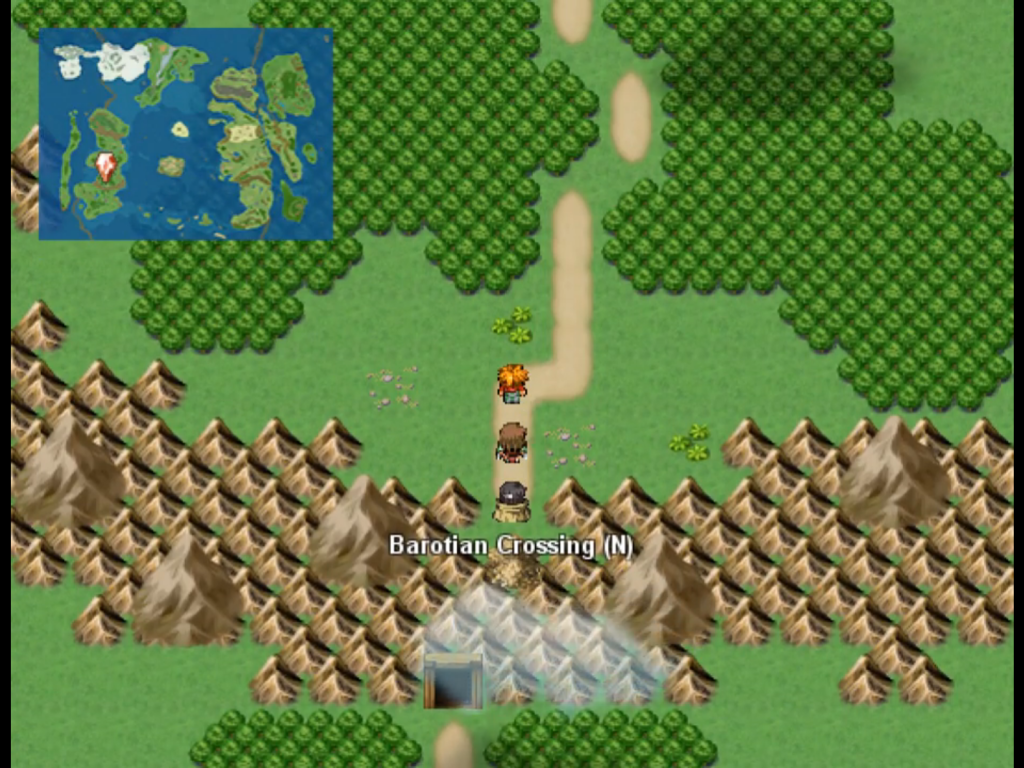
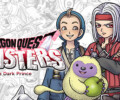
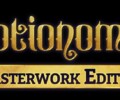


No Comments